Home>Garden Essentials>How Do You Get A Greenery Recycling Container
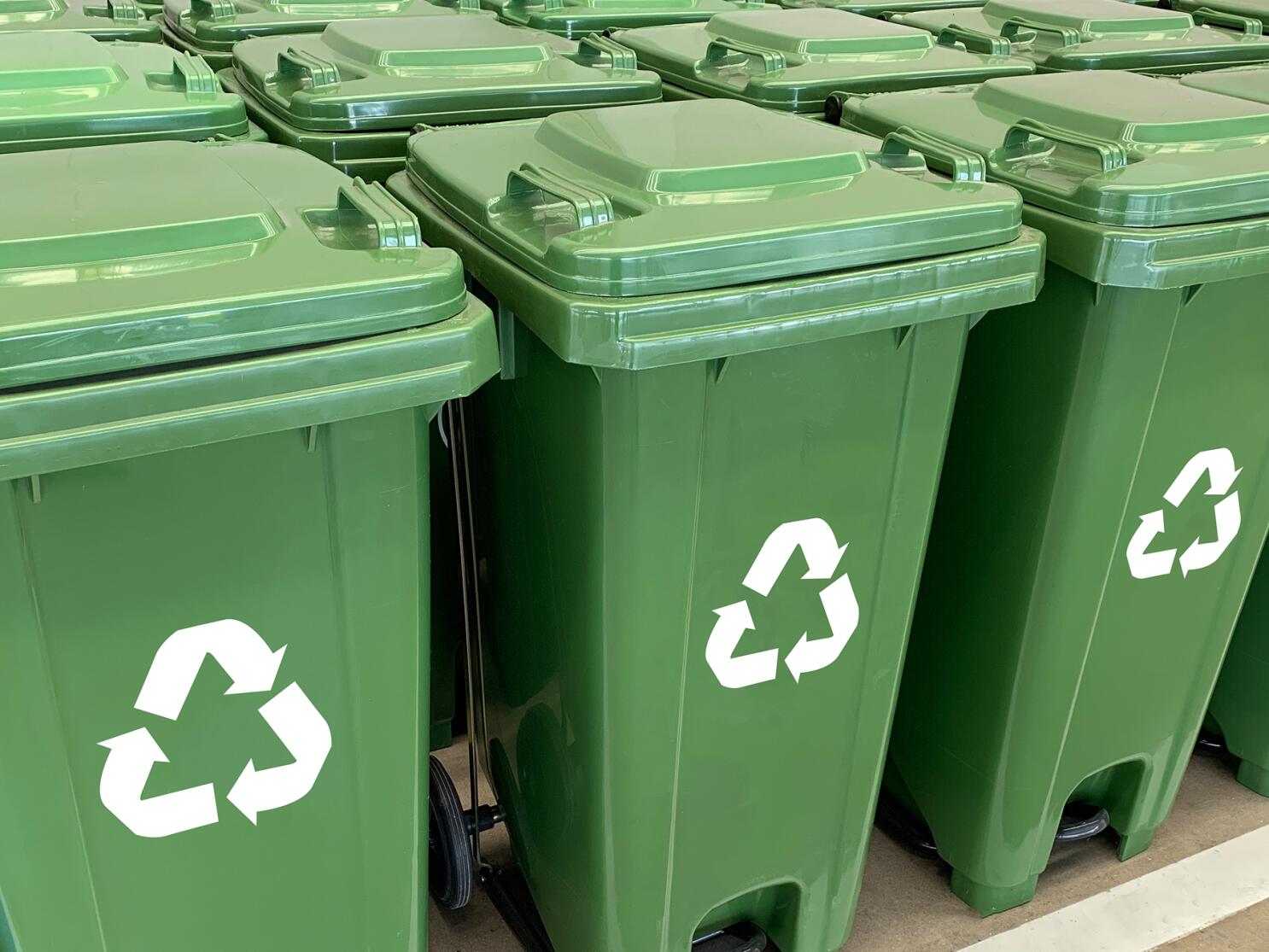

Garden Essentials
How Do You Get A Greenery Recycling Container
Modified: March 7, 2024
Looking for a garden recycling container? Discover how to get a greenery recycling container and recycle your garden waste efficiently.
(Many of the links in this article redirect to a specific reviewed product. Your purchase of these products through affiliate links helps to generate commission for Storables.com, at no extra cost. Learn more)
Introduction
Welcome to the world of greenery recycling! In a time where our planet is facing the pressing issue of environmental degradation, finding sustainable solutions is more important than ever. One such solution is the use of greenery recycling containers. These containers offer a convenient and efficient way to dispose of organic waste and contribute to the creation of nutrient-rich compost.
Greenery recycling plays a crucial role in reducing landfill waste and minimizing greenhouse gas emissions. By recycling organic material such as leaves, grass clippings, and plant trimmings, we can divert these items from ending up in landfills, where they decompose and release harmful gases. Instead, greenery recycling allows us to harness the power of nature’s decomposition process to create a valuable resource for soil enrichment.
Whether you are an avid gardener, landscaper, or simply someone who cares about the environment, understanding the importance of greenery recycling is the first step towards making a positive impact. This article will guide you through everything you need to know about greenery recycling containers, including how to choose the right container for your needs, where to purchase them, and how to use them effectively.
So, let’s dive in and discover the world of greenery recycling – a simple yet impactful way to nurture our gardens while protecting our environment!
Key Takeaways:
- Greenery recycling containers help reduce landfill waste, enrich soil, and minimize the use of chemical fertilizers, promoting a healthier environment and more sustainable gardening practices.
- Assess your recycling needs, choose the right type of container, and follow proper usage guidelines to maximize the benefits of greenery recycling containers and contribute to a more eco-friendly future.
Read more: How Do You Recycle Glass
Understanding the Importance of Greenery Recycling
Greenery recycling is not just a trendy environmental practice; it is a sustainable solution that offers numerous benefits for both our gardens and the planet. By recycling green waste, we can minimize the negative impact of organic material on the environment, promote soil health, and reduce the need for chemical fertilizers. Let’s explore the importance of greenery recycling in more detail.
1. Reducing Landfill Waste:
Greenery, such as leaves, grass, and plant trimmings, make up a significant portion of municipal waste generated every year. When these materials end up in landfills, they decompose anaerobically, producing methane, a potent greenhouse gas. By recycling green waste, we divert it from landfills, reducing the amount of organic matter decomposing and mitigating methane emissions.
2. Enriching the Soil:
Greenery recycling allows us to transform organic waste into nutrient-rich compost. Compost is a valuable soil amendment that improves soil structure, enhances moisture retention, and provides essential nutrients for plant growth. By incorporating compost into your garden or landscape, you promote healthy root development, increase biodiversity, and support the overall vitality of your plants.
3. Minimizing the Use of Chemical Fertilizers:
One of the key benefits of recycling green waste is reducing the need for chemical fertilizers. Compost, derived from greenery recycling, contains a balanced mix of essential nutrients. By incorporating compost into your soil, you provide long-term nourishment to your plants, reducing the reliance on synthetic fertilizers that can have harmful environmental impacts.
4. Conserving Water:
When you recycle green waste through composting, you improve the water-holding capacity of your soil. Compost aids in moisture retention while still allowing excess water to drain properly. This means less water is required for irrigation, leading to water conservation and reduced strain on freshwater resources.
5. Enhancing Biodiversity:
Healthy soils, enriched with compost from greenery recycling, support a diverse ecosystem of beneficial microorganisms, earthworms, and insects. This biodiversity enhances the natural balance in the soil, promoting nutrient cycling, disease suppression, and improved plant resilience.
By understanding the importance of greenery recycling, you become an active participant in sustainable waste management practices. Instead of treating green waste as mere rubbish, you are harnessing its potential to nourish your garden, create sustainable systems, and protect the environment.
Assessing Your Recycling Needs
Before you invest in a greenery recycling container, it’s essential to assess your recycling needs to ensure you choose the right container that meets your requirements. Here are some factors to consider:
1. Quantity of Green Waste:
Take a look at the amount of green waste you generate on a regular basis. Do you have a large garden with a significant number of trees and plants? Or do you have a small backyard with minimal vegetation? Understanding the quantity of green waste you produce will help determine the size and capacity of the recycling container you need.
2. Available Space:
Consider the space you have available to accommodate a greenery recycling container. If you have a spacious backyard, you may opt for a larger container that can hold more green waste. On the other hand, if you have limited space, you may need to look for a compact or vertical container that can fit in smaller areas.
3. Frequency of Recycling:
Think about how often you would like to empty your greenery recycling container. Some containers may need to be emptied weekly, while others can handle a larger volume and only require emptying once a month. Assessing your desired recycling frequency will help determine the size and capacity of the container.
4. Composting Goals:
Consider your composting goals. Do you want to produce enough compost to meet the nutrient needs of your entire garden? Or are you simply aiming to reduce landfill waste and improve soil health? Your composting goals can influence the size and type of recycling container you choose.
5. Convenience and Accessibility:
Evaluate your convenience and accessibility preferences. Do you prefer a stationary compost bin that stays in one place, or do you need a container that is easily movable? Assessing these factors will help you determine whether you need a stationary bin, a wheelbarrow-style container, or a tumbler-style container.
By assessing your recycling needs, you can make an informed decision when selecting a greenery recycling container. This ensures that the container you choose aligns with the quantity of green waste you produce, the available space you have, and your composting goals. Remember, finding the right container is essential for a smooth and effective greenery recycling process.
Types of Greenery Recycling Containers
When it comes to greenery recycling, there are several types of containers available to cater to different needs and preferences. Understanding the options will help you choose the most suitable container for your recycling efforts. Here are some common types of greenery recycling containers:
- Compost Bins: Compost bins are stationary containers designed to hold and decompose green waste. They come in various sizes and materials, such as plastic, wood, or metal. These bins typically have an open bottom to allow for natural composting processes and easy access for gardeners to turn and aerate the compost pile.
- Tumbler Bins: Tumbler bins are cylindrical containers that can be rotated or turned manually. These bins are designed to accelerate the composting process by providing aeration and mixing of the organic material. Some tumbler bins have separate chambers, allowing for dual-batch composting, where one side is actively composting while the other side is maturing. Tumbler bins are ideal for those who want to expedite the composting process and have limited space.
- Wire Mesh Bins: Wire mesh bins, also known as compost cages, are made of sturdy metal mesh. These bins are simple and cost-effective solutions for containing green waste. The open structure of the wire mesh allows for air circulation, promoting decomposition. Wire mesh bins are easy to assemble and disassemble, making them ideal for those who need a portable or temporary recycling solution.
- Wheelbarrow-style Containers: These containers combine the convenience of a wheelbarrow with the functionality of a recycling bin. They often have a large capacity and are equipped with handles and wheels, making it easy to transport and dump the green waste. Wheelbarrow-style containers are suitable for those with a large garden or landscaping project where frequent waste disposal is required.
- In-Ground Digesters: In-ground digesters are buried containers that utilize natural soil organisms to break down green waste. They are designed to be partially or fully buried in the ground, with an opening for the waste to be added. In-ground digesters are discreet and easy to use, making them a practical option for those who want to minimize the presence of visible recycling containers in their outdoor space.
Each type of greenery recycling container has its own advantages and considerations. It’s important to assess your specific needs, available space, and composting goals before selecting the most suitable container. Whether you prefer a stationary compost bin, a tumbler bin for quicker composting, a wire mesh bin for portability, a wheelbarrow-style container for ease of use, or an in-ground digester for minimal visibility, there is a greenery recycling container available to meet your needs.
Where to Purchase Greenery Recycling Containers
When it comes to purchasing greenery recycling containers, there are several options available to suit your needs and budget. Here are some places where you can find greenery recycling containers:
- Garden Centers and Nurseries: Local garden centers and nurseries are excellent places to start your search for greenery recycling containers. These establishments often carry a variety of compost bins, tumbler bins, and other recycling containers suitable for green waste. The benefit of shopping at a garden center is that you can physically examine the containers, ask questions, and get expert advice on choosing the right one for your needs.
- Hardware and Home Improvement Stores: Many hardware and home improvement stores have sections dedicated to gardening and yard care. These stores often stock a selection of greenery recycling containers in different sizes and styles. You’ll find bins, tumblers, and other composting containers that cater to various needs and preferences. Additionally, staff at these stores can assist you in selecting the right container and provide guidance on proper usage.
- Online Retailers: Online shopping platforms offer a wide range of greenery recycling containers that you can browse from the comfort of your own home. Websites like Amazon, eBay, and gardening-specific online stores provide a vast selection of compost bins, tumblers, and other recycling containers. Remember to carefully review product descriptions, customer reviews, and ratings before making a purchase.
- Municipal Programs: Some municipalities offer discounted or subsidized greenery recycling containers as part of their waste management initiatives. Check with your local government or waste management department to see if they have any programs or resources available. They may provide information on where to purchase containers or even offer them directly through their programs.
- DIY Options: If you’re feeling handy, you can also explore DIY options for greenery recycling containers. There are plenty of resources available online with instructions on how to build your own compost bins using materials like wood, wire mesh, or recycled barrels. DIY options can be cost-effective and customized to fit your specific needs and space limitations.
Consider your budget, convenience, and specific requirements when deciding where to purchase your greenery recycling container. Whether you opt for a local garden center for a hands-on experience, an online retailer for convenience, or even a DIY project for a customized solution, the choice ultimately depends on what works best for you.
So, start exploring the options, compare prices and features, and choose a greenery recycling container that will enable you to recycle green waste effectively and contribute to a more sustainable future.
Contact your local waste management or recycling center to inquire about obtaining a greenery recycling container. They can provide information on availability, cost, and any specific guidelines for using the container.
Read more: How Do You Hang Greenery On Brick?
How to Properly Use a Greenery Recycling Container
Using a greenery recycling container properly is essential to ensure successful composting and efficient waste management. Here are some steps to help you use your greenery recycling container effectively:
- Select the Right Container: Choose a greenery recycling container that suits your needs, available space, and composting goals. Consider factors such as size, capacity, convenience, and functionality when making your selection.
- Choose an Ideal Location: Place your container in a convenient location that is easily accessible. Ensure that the spot receives adequate sunlight and airflow, as both are crucial for the decomposition process.
- Add Green Waste: Start by adding green waste materials such as leaves, grass clippings, and plant trimmings to the container. Avoid adding weed seeds, diseased plants, or any other materials that may harm the composting process.
- Layer with Brown Material: Layer the green waste with brown materials such as shredded newspaper, cardboard, or dry leaves. This helps create a balanced carbon-to-nitrogen ratio, which is essential for proper decomposition.
- Moisten the Pile: If the green waste is dry, lightly moisten the pile with water. The moisture content should be similar to a damp sponge, ensuring an ideal environment for decomposition.
- Aerate and Turn: To facilitate decomposition, regularly turn or aerate the compost pile using a garden fork or compost turning tool. This helps to introduce oxygen and promote an aerobic environment, accelerating the breakdown of organic materials.
- Maintain the Right Conditions: Monitor the moisture level of the compost pile and adjust as needed. It should be moist but not waterlogged. Additionally, maintain a balance between carbon-rich (browns) and nitrogen-rich (greens) materials to promote effective decomposition.
- Manage Temperature: Composting is a biological process that generates heat. Monitoring the temperature of the compost pile can help gauge the progress of decomposition. Aim for a temperature between 120-160°F (49-71°C) to ensure efficient breakdown of organic matter.
- Monitor and Adjust: Regularly monitor the progress of your compost pile. Keep an eye out for foul odors, excessive moisture, or signs of a slow or stagnant composting process. If necessary, make adjustments by adding more greens, browns, or turning the pile more frequently.
- Harvest the Compost: Once the materials in the compost pile have decomposed into a dark, crumbly, and earthy-smelling substance, it is time to harvest the compost. Use a garden fork or shovel to remove the finished compost from the bottom of the pile, leaving any unfinished material to continue composting.
Remember, proper usage of a greenery recycling container involves maintaining the right balance of green and brown materials, providing adequate moisture and aeration, monitoring temperature and composting progress, and periodically harvesting the finished compost. Following these steps will help you maximize the benefits of your greenery recycling container and produce nutrient-rich compost for your garden.
Benefits of Using Greenery Recycling Containers
Using greenery recycling containers offers a wide range of benefits for both individuals and the environment. Let’s explore the advantages of incorporating greenery recycling containers into your waste management routine:
- Reduces Landfill Waste: One of the primary benefits of using greenery recycling containers is the reduction of organic waste going to landfills. By composting green waste such as leaves, grass clippings, and plant trimmings, you divert these materials from the waste stream, preventing them from decomposing and producing harmful greenhouse gases like methane.
- Promotes Soil Health and Fertility: Greenery recycling containers enable the creation of nutrient-rich compost. This compost is a valuable soil amendment that improves soil structure, enhances moisture retention, and provides essential nutrients for plant growth. By adding compost to your soil, you promote soil health, increase organic matter content, and enhance the fertility of your garden or landscape.
- Reduces Reliance on Chemical Fertilizers: Utilizing compost produced from greenery recycling containers reduces the need for synthetic fertilizers. Compost provides a balanced blend of essential nutrients, eliminating the reliance on chemical fertilizers that can have negative environmental impacts. It also improves soil’s ability to retain nutrients, leading to more efficient use of fertilizers and reducing the risk of nutrient runoff polluting water sources.
- Conserves Water: Compost-amended soil has improved water-holding capacity, reducing the need for frequent and excessive irrigation. The organic matter in compost helps retain moisture, allowing plants to access water more effectively. By using compost produced from greenery recycling containers, you can conserve water resources and contribute to sustainable water management in your garden or landscape.
- Enhances Plant Growth and Disease Resistance: Compost produced from greenery recycling containers provides essential nutrients and beneficial microorganisms that promote healthy plant growth and improve disease resistance. The organic matter in compost helps create a favorable soil structure, allowing roots to penetrate easily and access nutrients and water. Additionally, the presence of beneficial microorganisms in compost helps suppress diseases and pests, leading to healthier and more resilient plants.
- Reduces Carbon Footprint: Greenery recycling containers contribute to reducing your carbon footprint. By recycling green waste instead of sending it to landfills, you avoid the production of methane, a potent greenhouse gas. Additionally, compost-amended soil enhances carbon sequestration, helping to mitigate climate change by storing carbon in the soil.
- Encourages Sustainable Practices: Using greenery recycling containers encourages sustainable waste management practices in your community. By setting an example, you inspire others to adopt greenery recycling and composting, leading to a collective reduction in waste and a more environmentally conscious society.
By utilizing greenery recycling containers, you can contribute to a healthier environment, enhance the productivity of your garden or landscape, and reduce waste sent to landfills. Embracing greenery recycling not only benefits you as an individual but also contributes to a more sustainable future for generations to come.
Recycling Guidelines and Best Practices
When it comes to greenery recycling, following proper guidelines and best practices ensures effective waste management and optimal composting results. Here are some essential guidelines to keep in mind:
- Know What to Recycle: Understand what materials are suitable for greenery recycling. Typically, green waste such as leaves, grass clippings, plant trimmings, small branches, and non-invasive weeds can be included in your recycling container. Avoid adding materials like plastic, metals, large branches, invasive weeds, diseased plants, or animal waste.
- Chop or Shred Materials: Before adding green waste to your recycling container, consider chopping or shredding it into smaller pieces. This helps speed up the decomposition process and allows for better airflow and moisture distribution within the compost pile.
- Layer Materials: Alternate layers of green waste and brown materials (such as shredded newspaper, cardboard, or dry leaves) in your recycling container. This allows for a balanced carbon-to-nitrogen ratio, creating an ideal environment for composting microorganisms.
- Maintain Moisture Levels: Proper moisture is crucial for composting. Aim for a moisture level similar to that of a damp sponge. If the compost pile becomes too dry, sprinkle some water to moisten it. Conversely, if the pile becomes waterlogged, add dry brown materials to absorb excess moisture.
- Aerate Regularly: Turning or aerating the compost pile regularly is important to provide oxygen and promote decomposition. Use a garden fork or compost turning tool to fluff and mix the materials, ensuring adequate airflow and preventing the compost pile from becoming compacted.
- Monitor Temperature: Pay attention to the temperature of your compost pile. In the initial stages, the temperature may rise as microorganisms break down organic matter. Aim for a temperature between 120-160°F (49-71°C) to ensure efficient decomposition. If the temperature drops significantly, turn the compost pile to reactivate the decomposition process.
- Avoid Adding Noxious Weeds, Diseased Plants, and Pesticides: To prevent the spread of noxious weeds and diseases, avoid adding them to your greenery recycling container. Additionally, refrain from adding any materials treated with pesticides or herbicides, as these chemicals can harm beneficial organisms in the compost pile.
- Harvest Finished Compost: Once the materials in the compost pile have fully decomposed into a dark, crumbly substance with an earthy smell, it is ready to be harvested. Use a garden fork or shovel to remove the finished compost from the bottom of the pile, leaving any unfinished material to continue composting.
- Use the Compost Appropriately: Apply the finished compost to your garden beds, vegetable patches, or potted plants. Mix it into the soil, use it as a top dressing, or create compost tea for plant fertilization. Enjoy the benefits of your nutrient-rich compost while reducing the need for synthetic fertilizers.
- Continue the Process: After harvesting the compost, consider starting a new compost pile with fresh green waste. This ensures a continuous cycle of waste reduction and nutrient recycling, allowing you to reap the benefits of greenery recycling year after year.
By following these recycling guidelines and best practices, you can maximize the effectiveness of your greenery recycling efforts. Properly managing your green waste, maintaining moisture levels, regular aeration, and monitoring temperature all contribute to successful composting and the production of high-quality compost.
Conclusion
Greenery recycling containers offer a practical and sustainable solution for managing organic waste and making a positive impact on the environment. By diverting green waste from landfills and transforming it into nutrient-rich compost, we not only reduce landfill waste but also promote soil health, conserve water, and enhance plant growth.
Understanding the importance of greenery recycling is the first step towards incorporating it into your waste management routine. Assess your recycling needs, consider the available space, and choose the right type of greenery recycling container that suits your requirements. Whether it’s a compost bin, tumbler bin, wire mesh bin, wheelbarrow-style container, or in-ground digester, there is an option that fits your needs and preferences.
Be mindful of the proper usage of your greenery recycling container. Add a balanced mix of green waste and brown materials, maintain adequate moisture levels, regularly turn or aerate the compost pile, and monitor the temperature to ensure efficient decomposition. Harvest the finished compost and use it to enrich your garden or landscape, reducing the need for synthetic fertilizers and supporting plant health and biodiversity.
By using greenery recycling containers, you contribute to the reduction of landfill waste, the conservation of resources, and the creation of a more sustainable future. Additionally, your efforts inspire others to adopt greenery recycling practices, further amplifying the positive impact on the environment and our communities.
So, let’s embrace greenery recycling as a meaningful and eco-friendly way to manage organic waste. Let’s nurture our gardens, support healthy soils, and protect the planet we call home.
Frequently Asked Questions about How Do You Get A Greenery Recycling Container
Was this page helpful?
At Storables.com, we guarantee accurate and reliable information. Our content, validated by Expert Board Contributors, is crafted following stringent Editorial Policies. We're committed to providing you with well-researched, expert-backed insights for all your informational needs.

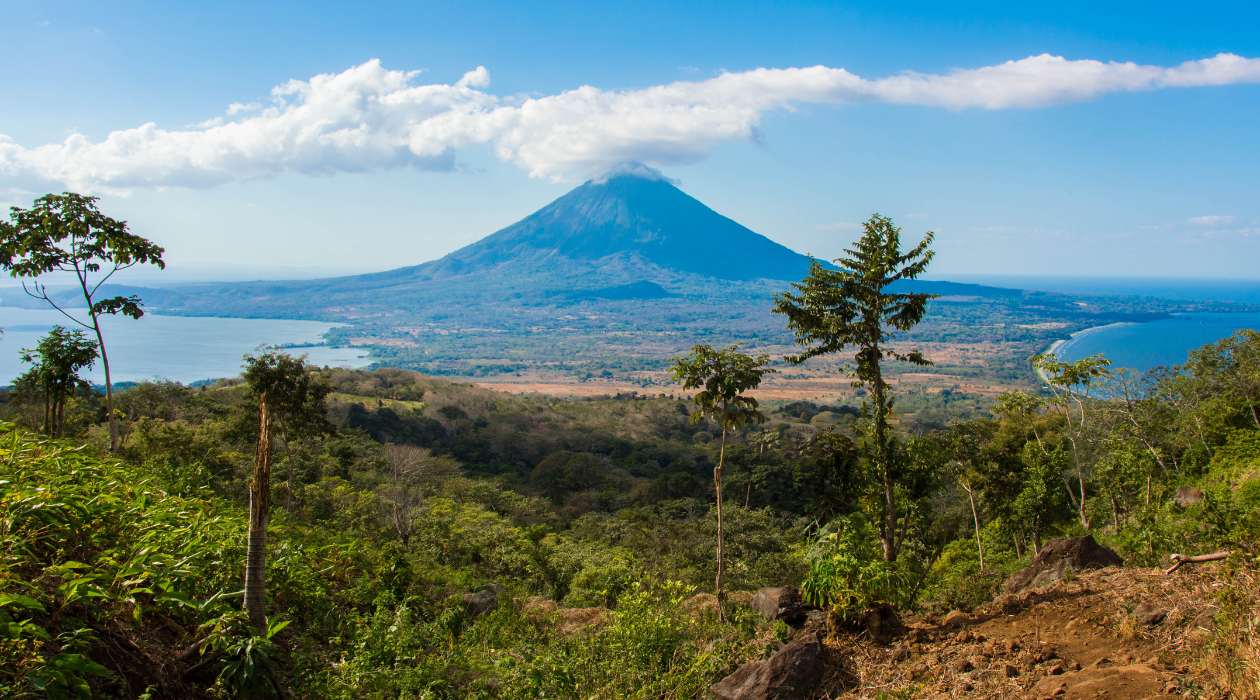
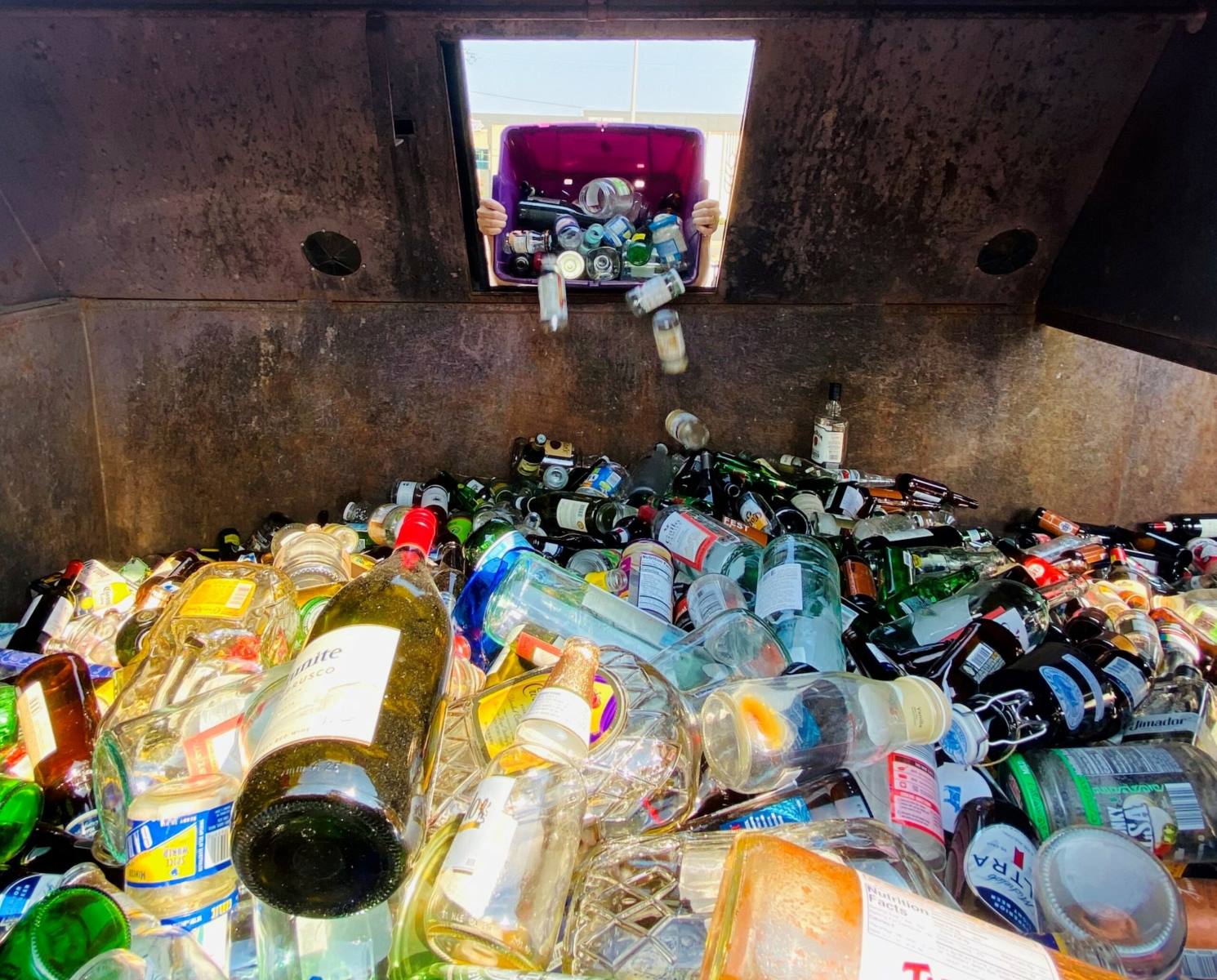
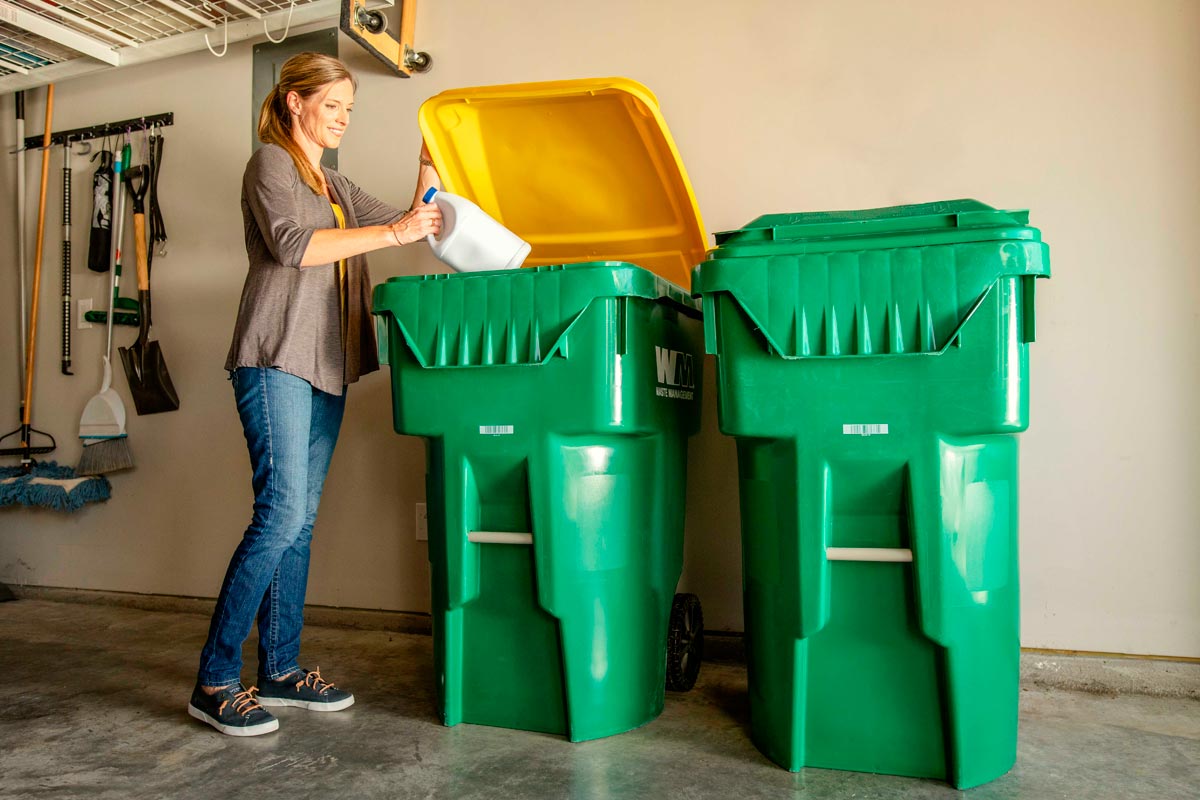

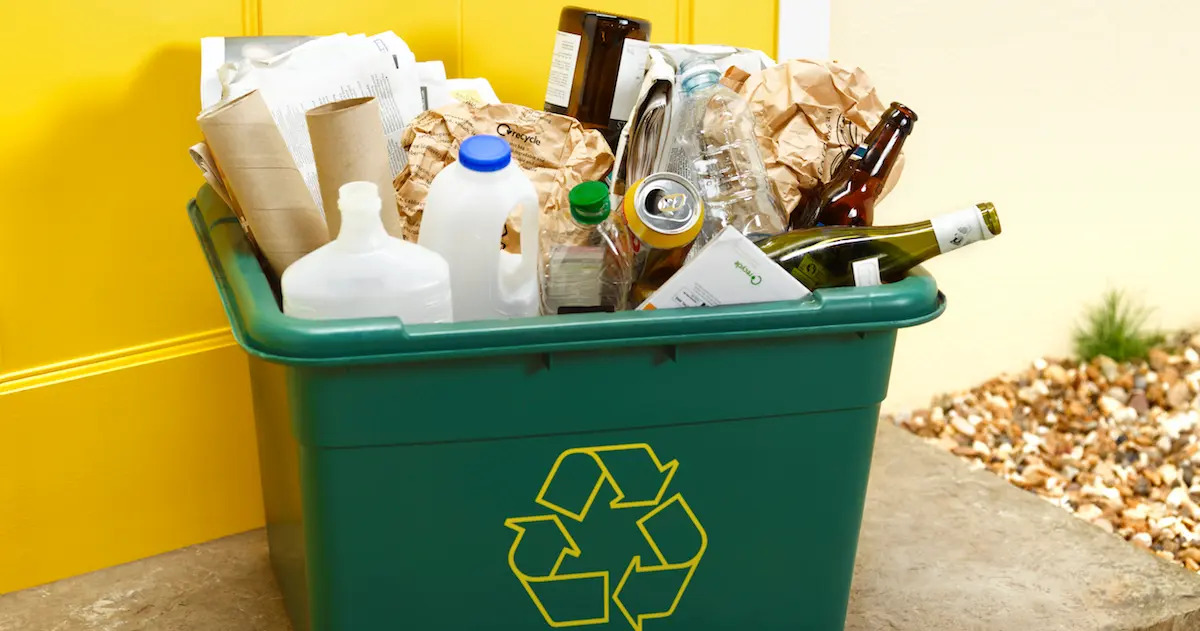
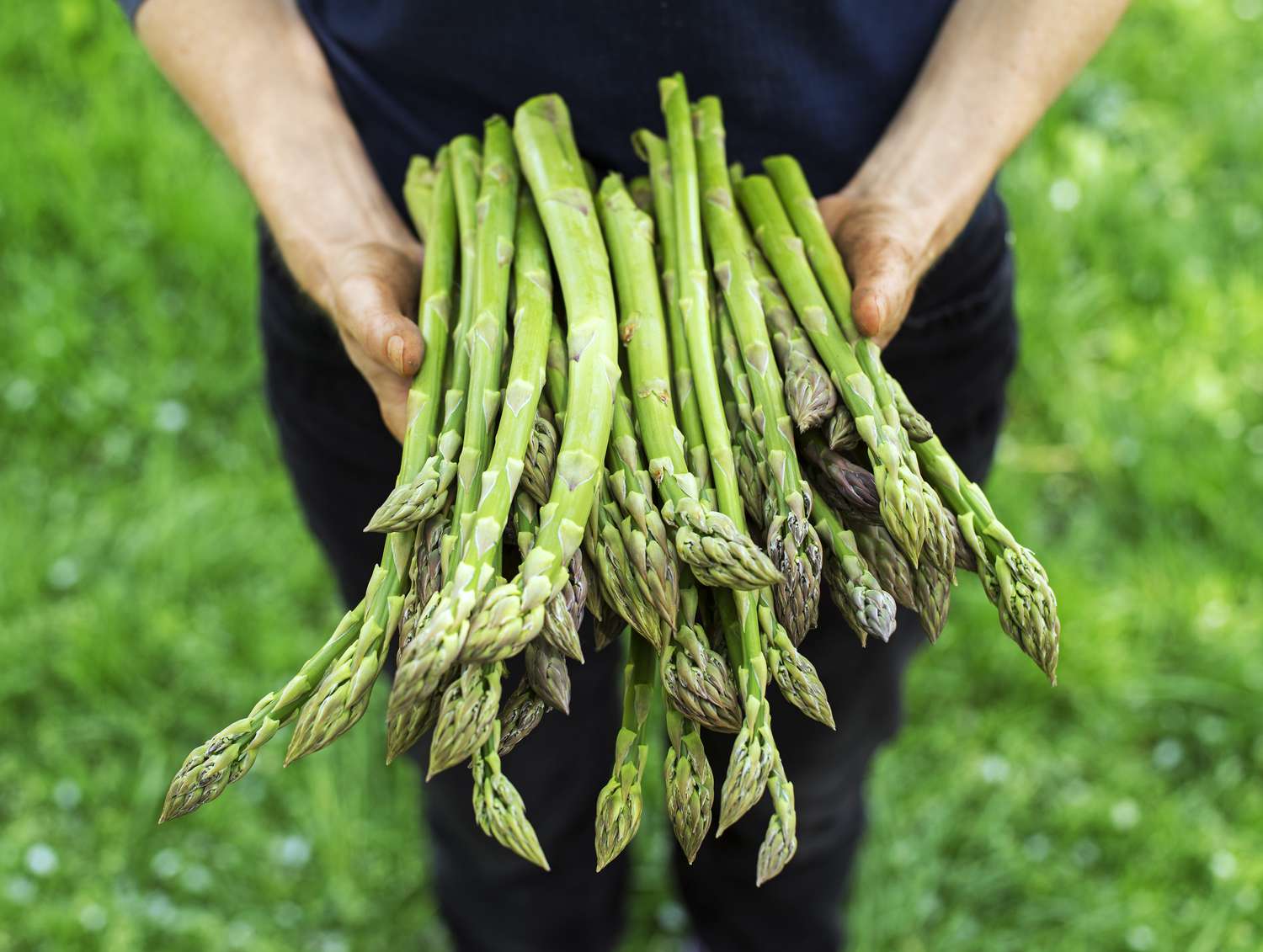
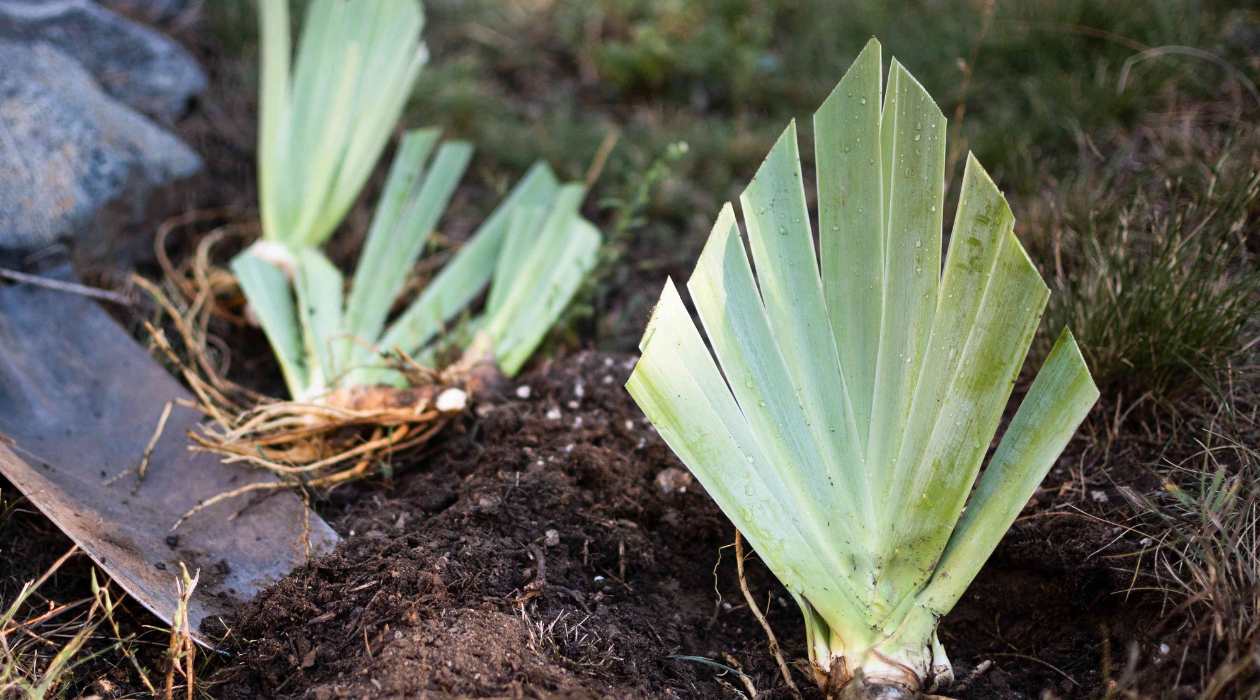
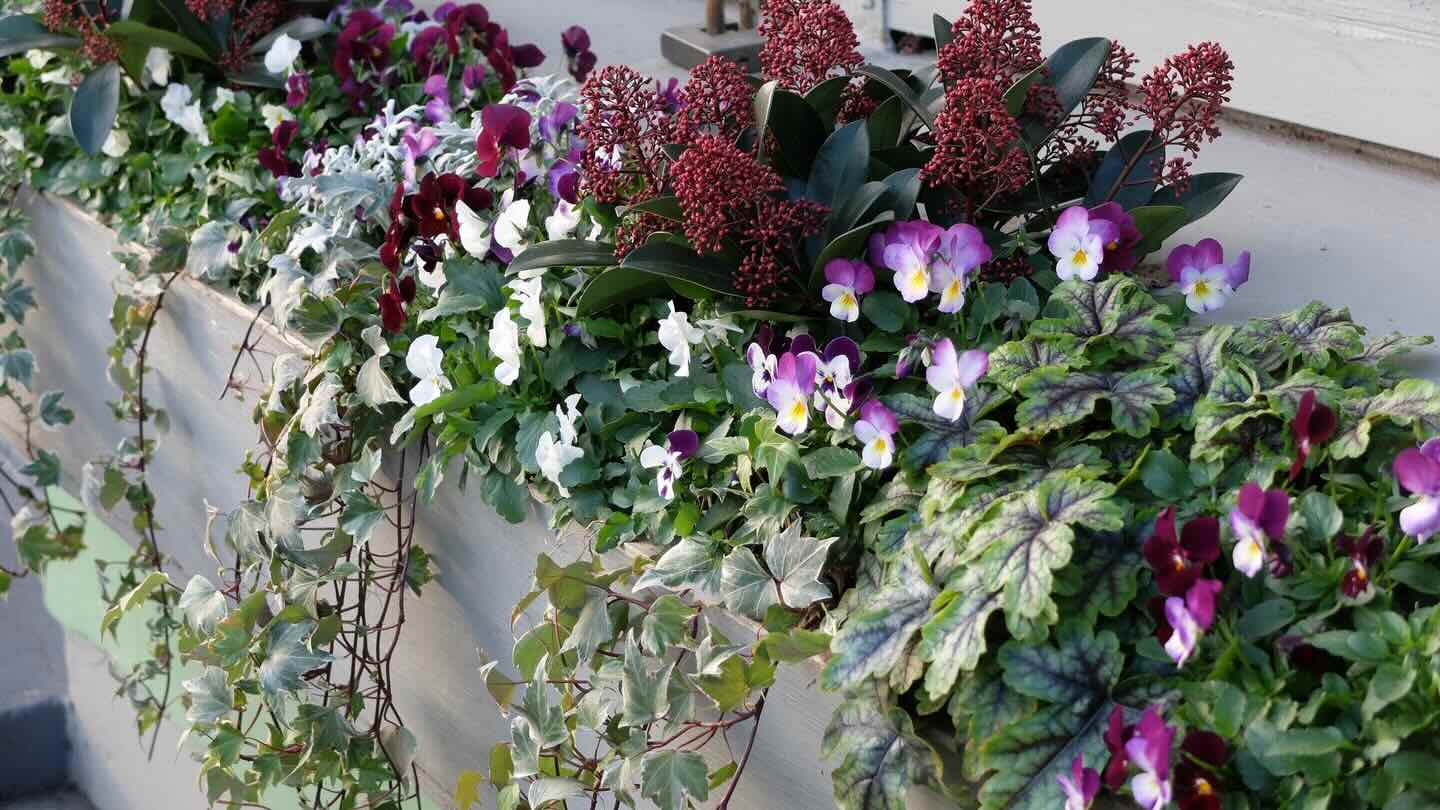

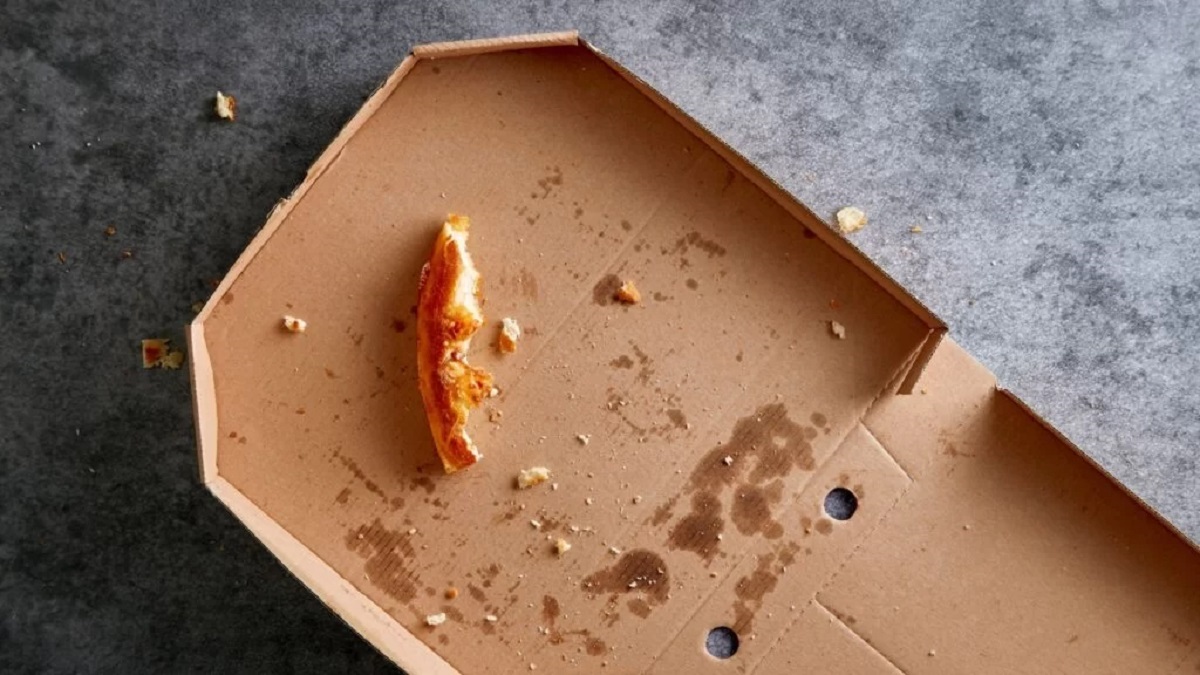
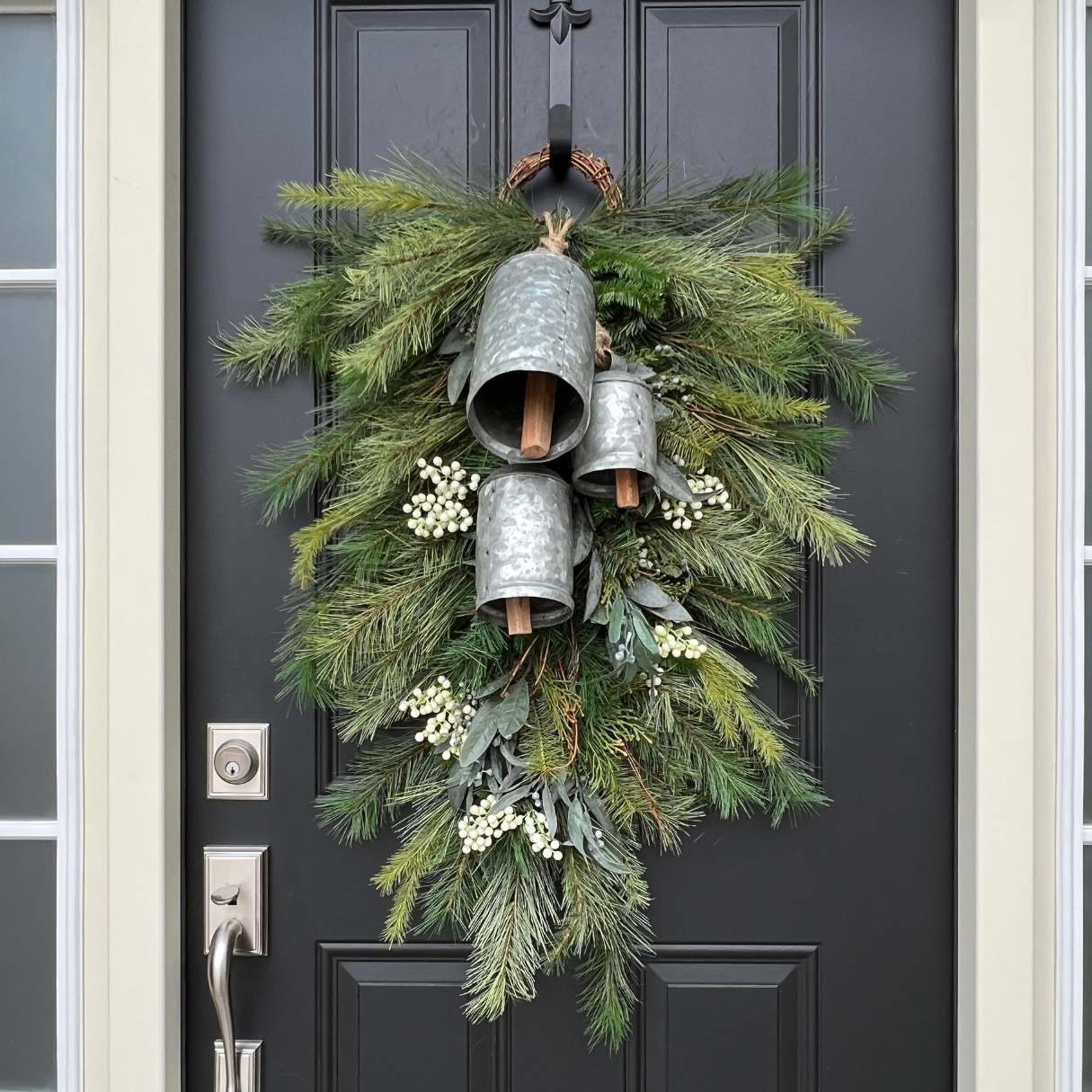

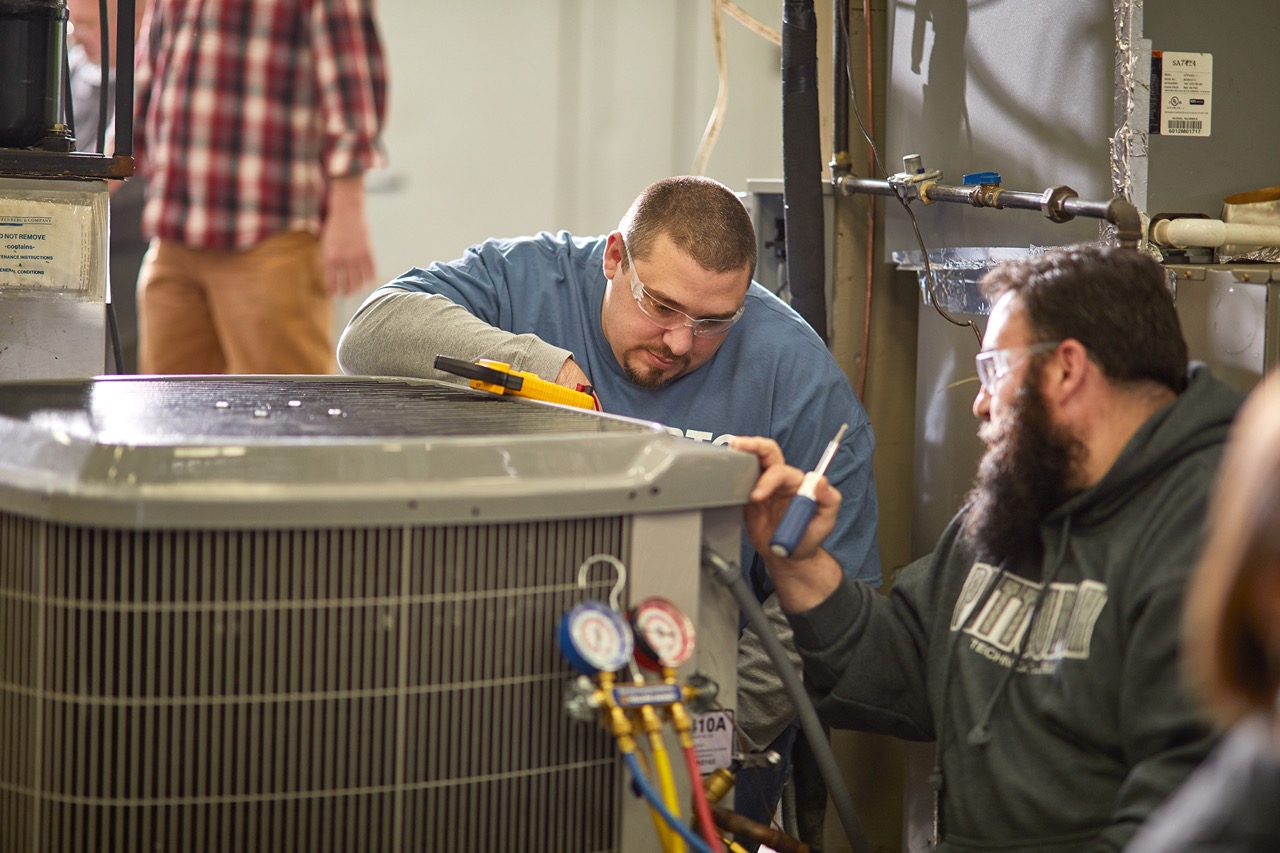

0 thoughts on “How Do You Get A Greenery Recycling Container”